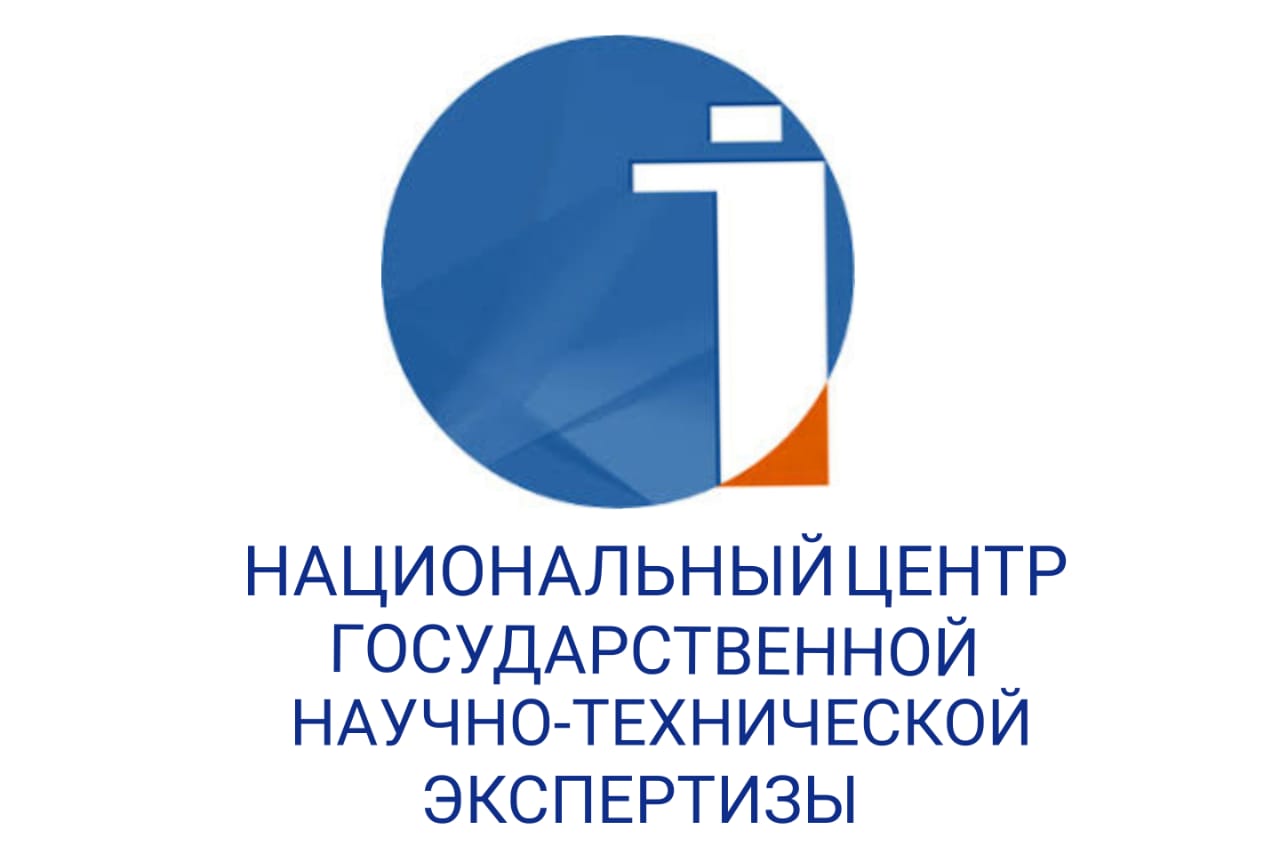ETHNOCULTURAL FOUNDATIONS AND GENDER CHARACTER OF CHINESE - KAZAKH ANTHROPONYMS
DOI:
https://doi.org/10.48371/PHILS.2023.69.2.003Keywords:
Chinese language, Kazakh language, anthroponym, gender, hieroglyph, morphogram, culture, vocabulary, linguocultureAbstract
One of the largest branches of linguistics is onomastics, the topic we are considering is the field of anthroponyms. Anthroponyms are a reflection of the national ethno-cultural specifics formed by the culture, worldview, environment, beliefs of each people. Consideration of anthroponyms in connection with the history and culture, the worldview of each nation allows us to reveal the nature of their creation.
The purpose of the study is to conduct a linguocultural and linguocognitive analysis of the names of people in Chinese and Kazakh languages based on ethnocultural data, to identify the naming traditions of Chinese and Kazakh peoples, their connection with the worldview, culture, history. In addition, the study of similarities and differences in the structure of the national consciousness of the two peoples by revealing the gender nature of human names.
Proper names are linguistic units that have their place in the vocabulary of any language without which communication cannot be carried out, and in this connection, a review of data concerning proper names in Chinese and Kazakh languages was conducted, a comparative analysis of research materials was carried out.
The structure and composition of anthroponyms, their meaning, differences and formation will undoubtedly pave the way for the recognition of the social, cognitive characteristics of this people. The article attempts to reveal the national and cultural features of anthroponyms in the Chinese and Kazakh languages by the method of comparative research.
The study also showed that the structure and composition of hieroglyphs used in writing Chinese names, meaning and significance are one of the reflections of the worldview, customs and culture of the Chinese people, and the gender character of Chinese anthroponyms is transmitted by hieroglyphs writing names. The paper reveals the meaning of some hieroglyphs used in writing Chinese names, and a linguistic and cultural analysis of them is carried out. The lexical, ethnolinguistic analysis of Kazakh names is carried out taking into account the gender character, national-linguistic-cultural specifics and worldview of Kazakh anthroponyms depending on the lexical meaning of the words and morphemes that make up the names.
According to the results of the study, it was found that the meaning and gender characteristics of male and female names in the Chinese language are related to the hieroglyphs used in their writing and their composition (components of hieroglyphs), and the gender character of the lexical meanings of words and morphemes that make up Kazakh names.
The results of the study give direction to doctoral students and undergraduates studying Chinese and Kazakh languages in the onomastic direction.








